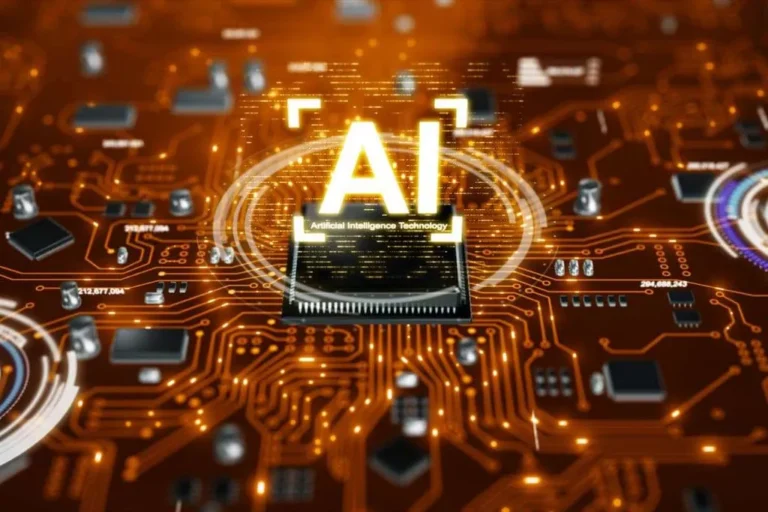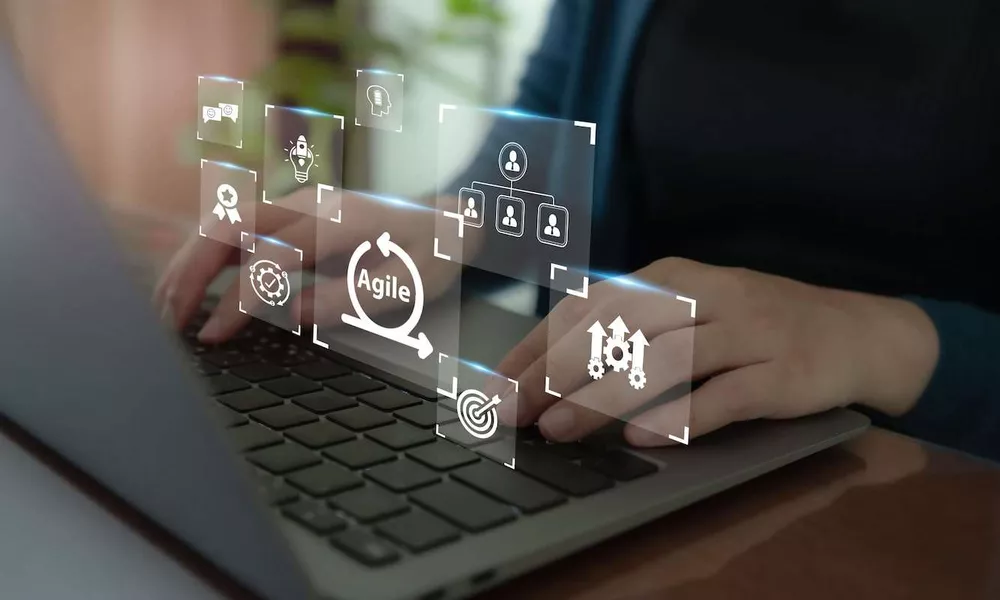Concerning cloud computing versus fog computing, there are a few vital variations that set these two paradigms apart. Maybe the obvious distinction between fog computing and cloud computing is the number of server nodes required for every method. With cloud computing, a central community of storage and processing assets is used, sometimes comprising 1000’s and even hundreds of thousands of nodes. Additionally generally known as edge computing or fogging, fog computing facilitates the operation of compute, storage, and networking providers between end units and cloud computing knowledge facilities.
“Fog Computing,” like its namesake is murky, obscure, even mysterious, and in the context of edge computing – not very clearly understood. From manufacturing methods that need to have the power to react to occasions as they happen, to financial institutions that use real-time information to inform trading choices or monitor for fraud. Fog computing deployments might help facilitate the switch of information between the place its created and quite so much of locations where it must go. Fog computing is the nascent stages of being rolled out in formal deployments, but there are a number of use instances that have been identified as potential best situations for fog computing.

Advantages Of Fog Computing
These issues can be mitigated by having software program that automates and manages a lot of this complexity. Fog Computing permits edge devices to retailer and course of native knowledge, lowering the period of time it takes for information to achieve the cloud. For instance, when a sensor detects an anomaly in its environment, it can shortly send an alert to other close by edge gadgets as properly as systems in the cloud. Fog Computing works by connecting edge units, like sensors, gateways, and routers to the cloud.

However, fog computing requires extra infrastructure, which can be expensive to arrange and keep. Moreover, cloud computing is extra flexible as a outcome of it could be used at the aspect of other kinds of networks. For these causes, it’s unlikely that fog computing will completely substitute cloud computing.
Fog Computing Vs Cloud Computing: Key Variations
Thanks to advances in cloud technology, users have the ability to send and obtain data from anyplace on the earth, making cloud computing an essential a half of modern life. But if you feel that these advances have left you behind together with your primary information, then you have to Be Taught Cloud Computing from Scratch and get your expertise in line with the changing panorama of computing. Finally, the various architectures of edge, fog, and cloud computing introduce distinct security and privateness challenges. Given the decentralized nature of edge computing, data is processed and saved regionally on units, decreasing the risk of information interception during transmission. However, this additionally means each device potentially turns into a goal for assaults, requiring robust security measures on a much larger scale.
This means that information has to travel all the greatest way from one person’s gadget as much as a centralized server and back down once more in order to be processed by different users. At the same time, Fog computing systems usually have much decrease latency because of their decentralized nature. Fog computing, operating on the network edge, faces related safety considerations, with added emphasis on securing data as it passes through the middleman network nodes. Thus, the diploma of network dependency and the effects of connectivity issues current a fundamental differentiation between edge, fog, and cloud computing, influencing their suitability for various https://www.globalcloudteam.com/ functions and environments. Another important similarity amongst cloud, fog, and edge computing is their alignment with regulatory compliance requirements.
- Furthermore, dependence on internet connectivity can pose issues; without a steady and fast internet connection, access to cloud services and knowledge may be severely impacted, affecting productiveness and operational effectivity.
- As a result, knowledge is processed faster and more efficiently with fog computing than with cloud computing, making it a extra desirable possibility for functions that require real-time responsiveness.
- For instance, connected automobiles generate a significant quantity of information that must be analyzed in real-time to enable options corresponding to autonomous driving.
- When evaluating edge, fog, and cloud computing from a price perspective, several components come into play.
- A hybrid strategy combining cloud and fog computing can sometimes be advantageous.
- This architecture in flip reduces the amount of bandwidth wanted compared to if that data needed to be sent all the finest way back to an information middle or cloud for processing.
It permits you to save more information than the opposite two with limited processing power. Cloud-based storage services like Google Drive and Dropbox that enable saving, accessing, and sharing information on-line are wonderful examples of cloud computing in action. These services enable customers to upload crucial paperwork to the cloud and access them from any system. The service suppliers guarantee knowledge security while end customers pay for storage space. The selection of a paradigm is influenced by the actual requirements of the applying and each paradigm offers benefits of its personal. Organizations should consider their calls for as know-how develops and contemplate implementing a hybrid technique to fully utilize both cloud computing and fog computing.
As an additional benefit, users can place security features in a fog network, from segmented community visitors to virtual firewalls to protect it. Fog computing and cloud computing are separate paradigms, each with particular benefits and applications. Fog computing offers low-latency processing, bandwidth optimization, and offline capabilities, however cloud computing shines in delivering scalable sources, cost-efficiency, and distant accessibility. Since information is processed at a local stage rather than being routed through a central server, there is fog computing vs cloud computing less distance for information to journey and less time wanted for processing. As such, fog computing supplies significantly sooner and more responsive performance than conventional cloud computing techniques.
It may embrace fog computing gateways that accept knowledge IoT devices have collected. It might embrace quite so much of wired and wi-fi granular assortment endpoints, including ruggedized routers and switching tools. Different features could include customer premise gear (CPE) and gateways to access edge nodes.
Cloud computing is a technology that permits customers to entry and retailer data over the web, instead of on native servers or private computers. It operates beneath a mannequin where computing assets corresponding to servers, storage, databases, networking, software program, analytics, and intelligence are offered over the ‘cloud‘ — a metaphor for the internet — on a pay-as-you-go basis. This permits companies and individuals to entry an unlimited computing infrastructure that they might not be in a position to afford or manage on their own. Cloud computing provides scalability, reliability, and flexibility, allowing users to increase their computing sources quickly and efficiently as their wants develop. Fog computing moves information processing and decision-making nearer to the place it is needed, enabling real-time choices; reducing latency, jitter, and bandwidth necessities; and bringing new ranges of safety and privateness.
Ultimately, only careful evaluation can help you make the most effective decision for your group. Generally, these applied sciences share a number of similarities that underpin their significance in modern computing architecture. Unfortunately, there is nothing immaculate, and cloud know-how Software Сonfiguration Management has some downsides, particularly for the Internet of Issues services.
